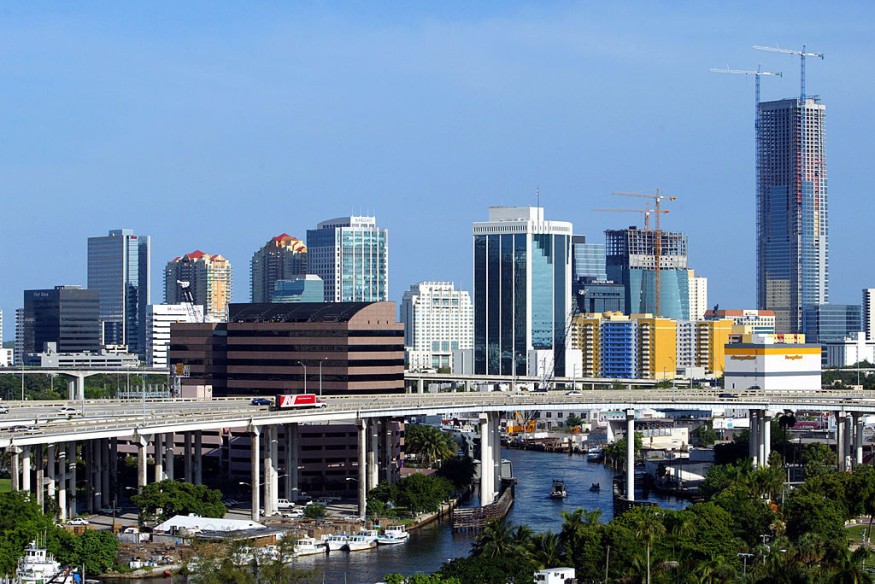If Harvey was Houston's nightmare hurricane, then that is what Irma was to the citizens of Miami. The Category 5 storm caused massive damage along its west coast. Its killer winds were also accompanied by a dangerous storm surge, which have historically threatened to contaminate city water supplies, leave bay areas flooded for days and exacerbate pollution.
That is why in the aftermath, the US Army Corps of Engineers conducted a study and proposed the construction of a coastal wall that would run a six-mile stretch across various areas including most of Biscayne Bay.
To date, the proposed plan was met with a surprisingly unified resistance from all sectors and demographics of the city. It has prompted a race to propose various alternatives, and has greatly stirred the conversation on how coastal cities should be built in the face of man-made climate change.
Why Miami won't use walls against floods

The united opposition to the coastal wall was a rare instance of a plan that created even more problems than it solved for many Miami citizens. These included not only environmentalists and social justice advocates, but also business owners and property developers.
Here is just a quick list of the many things this proposed wall would ruin.
1. Local ecosystems and natural resources.
The wall would require a massive construction effort, which has long been a major drain on surrounding natural resources. The wall's impact on urban development could also potentially force city borders towards vulnerable ecosystems like the Everglades.
2. It blocks a view of the bay.
The coastal view of the bay is a major selling point for high-rise property developers. The sheer height of the wall will obviously cut into their property values, just as it would literally cut a lot of people's sight of Miami's white beaches. Many private developers have gone so far as to present bolder alternatives (such as redesigning the entire waterfront).
3. It divides neighborhoods.
The proposal also shows the wall cutting through some neighborhoods, which creates not only physical divisions but gravely implies social ones. If the wall still leaves some parts of a community vulnerable on the other side, then inequality issues will certainly arise in generations to come.
Climate change charges high cost to Miami
But even as residents and developers are backing less obstructive alternatives, the price for any of them will still reach well into the billions. This not only includes the cost of construction and remodeling efforts, but also the coordination with various city departments.
If anything, the controversy over coastal walls greatly demonstrates how much climate change can already raise the price of unchecked human activity. This year's hurricane season has once again been forecast to have above average numbers in terms of frequency and intensity. Meanwhile, countries who have signed the Paris Agreement are still struggling to meet their reduced emission targets.
All the while the hurricanes keep coming back, and many of Miami's residents will still face the prospect of having to constantly rebuild and recover from the onset of a devastating storm surge.
© 2025 NatureWorldNews.com All rights reserved. Do not reproduce without permission.





